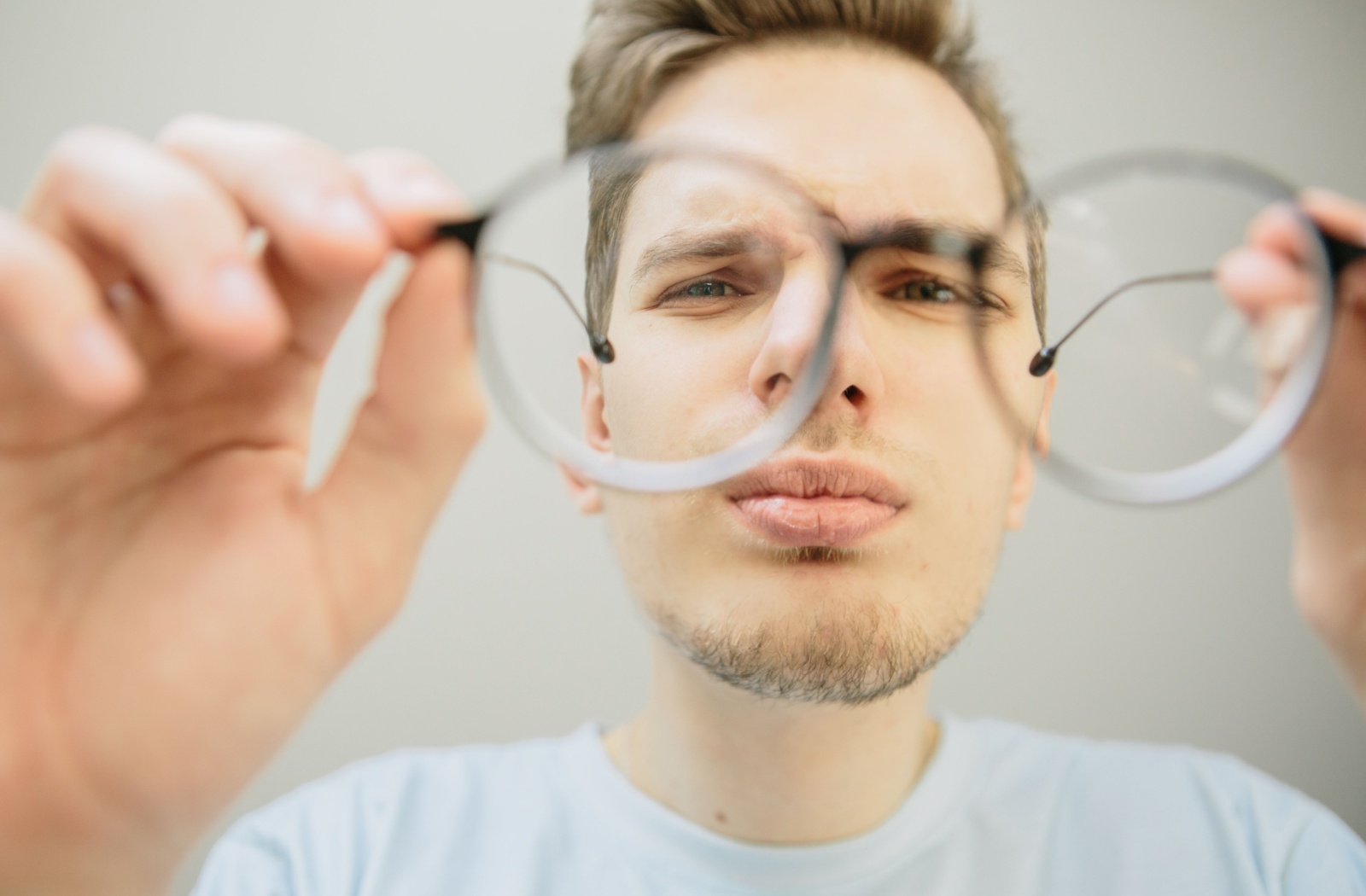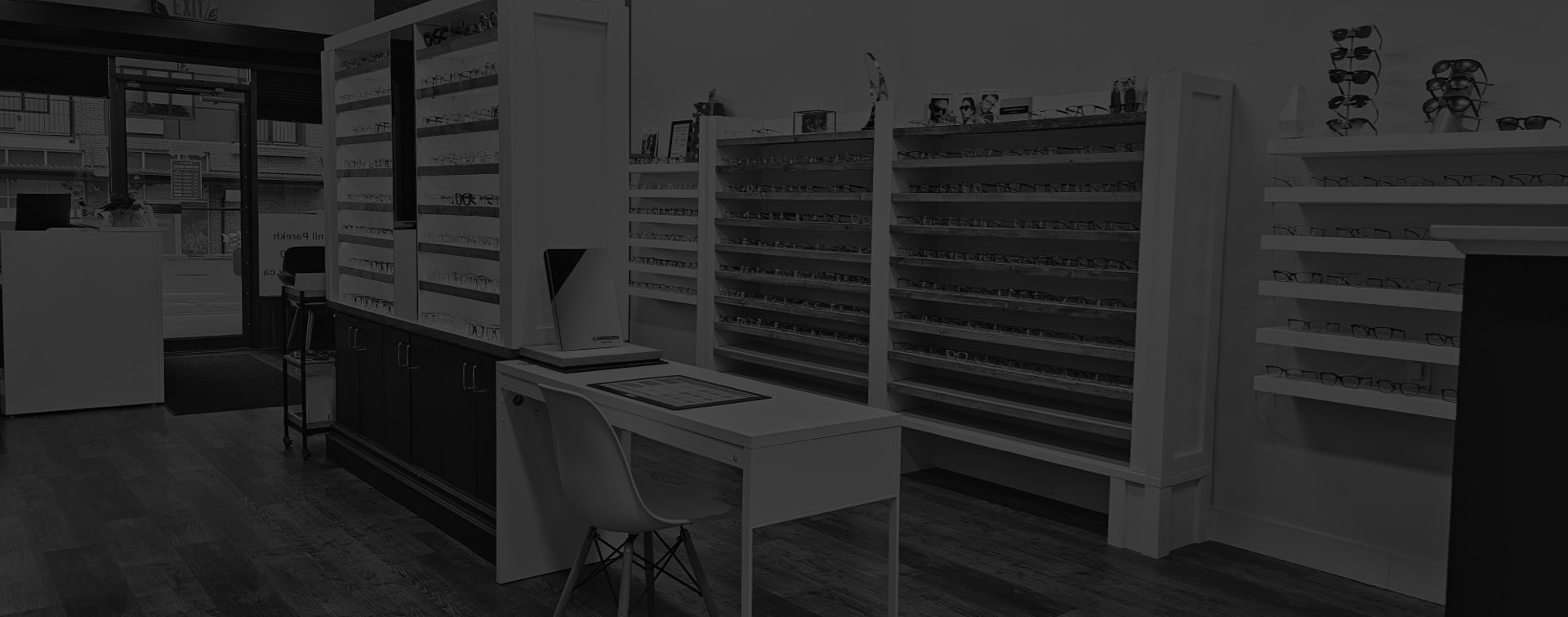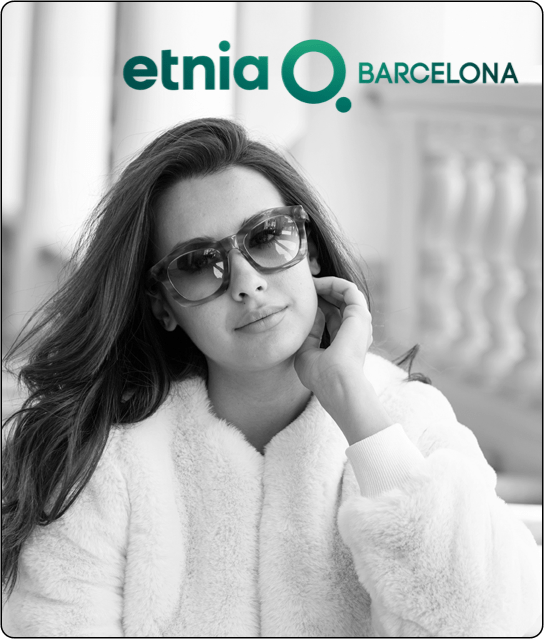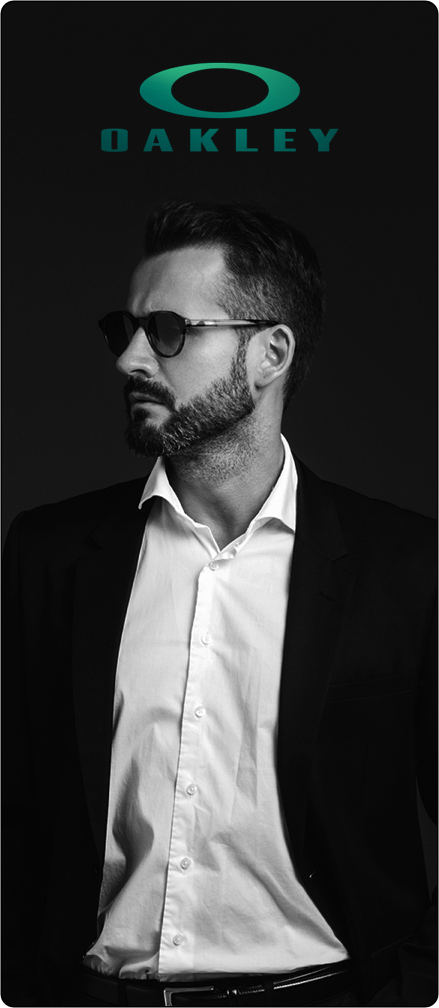In our fast-paced world, clear vision is essential for daily tasks and overall quality of life. Yet, many people struggle with common vision problems like myopia (nearsightedness) and hyperopia (farsightedness), often without fully understanding the differences between the two. While both conditions are refractive errors, and while both are typically diagnosed during an eye exam, they affect your vision differently.
Myopia causes distant objects to appear blurry, while hyperopia makes close objects difficult to see clearly. In this way, you can consider them to be opposites, but they’re simply two sides of the same coin when it comes to your vision.
How Vision Works
To understand myopia and hyperopia, it’s helpful to know how our eyes turn light into images. Light enters the eye through the cornea and lens, which then focus that light onto the retina at the back of the eye. The retina then converts this light into electrical signals that the brain interprets as images.
The shape of the eye plays a crucial role in this process. When the eye is perfectly shaped, images are focused directly on the retina, resulting in clear vision. However, if the eye is too long or too short, or if the cornea’s shape is irregular, the light won’t focus correctly, leading to vision problems. This is called a refractive error, with myopia and hyperopia being some of the most common examples.
What is Myopia?
Myopia, commonly known as nearsightedness, is a condition where distant objects appear blurry while close-up objects remain clear. This happens when the eyeball is too long or the cornea is too curved, causing light to focus in front of the retina instead of on it. It’s also very common, affecting around 30% of the population—though that number is on the rise. By 2050, it’s projected that half of the world will be myopic.
People with myopia often experience headaches, eye strain, and difficulty seeing objects at a distance, such as road signs or a classroom whiteboard. Myopia is typically first diagnosed in childhood, though it can be difficult to notice signs of it in children, as they may not realize that there’s something off about their vision. Be on the lookout for common signs such as squinting or holding reading materials close to the face.
Myopia is progressive, so if left untreated it can develop into high myopia, which increases the risk of serious eye conditions later in life, such as:
- Retinal detachment
- Cataracts
- Glaucoma
- Myopic maculopathy
Myopia tends to run in families, suggesting a genetic component. However, there appears to be an environmental factor too, as excessive close-up work, like reading or using digital devices, can also contribute to development of the condition, especially in children and young adults.
What is Hyperopia?
Hyperopia is the medical term for farsightedness and could be considered the opposite of myopia. People with hyperopia can see distant objects clearly, but struggle with close-up tasks. This condition occurs when the eyeball is too short or the cornea is too flat, causing light to focus behind the retina.
Symptoms include blurry vision for close-up tasks, eye strain, headaches, and difficulty reading or working on a computer. Children with hyperopia may also experience difficulties in school due to problems focusing on near tasks. Notably, many people have some degree of hyperopia, but may never know, as it doesn’t significantly impact their vision.
Much like myopia, hyperopia is often inherited, with a strong genetic link. It can be present at birth but may not become problematic until later in life.
Is Hyperopia the Same as Presbyopia?
Presbyopia is another common vision condition that often gets confused with hyperopia due to their similarities. While both conditions affect near vision, their causes and characteristics differ.
Presbyopia typically begins to affect individuals over the age of 40 and is a natural part of the aging process. Unlike hyperopia, which is due to the shape of the eye, presbyopia occurs because the lens inside your eye becomes less flexible over time. This loss of flexibility makes it difficult for the eye to focus on close objects, resulting in blurry near vision.

Key Differences Between Myopia & Hyperopia
The primary difference between myopia and hyperopia lies in how far you can clearly see. Myopia affects distance vision, making faraway objects blurry. Hyperopia, on the other hand, affects near vision, making close-up tasks difficult.
Both conditions can significantly impact daily activities. Myopia can make it hard to read road signs, see the board in a classroom, or watch television from a distance. Hyperopia can make reading, writing, and using a computer challenging.
How an Optometrist Treats Myopia & Hyperopia
Regular eye exams are crucial for diagnosing both myopia and hyperopia. During an eye exam, an optometrist will measure how light focuses on your retina using various tests and tools, such as a phoropter and retinoscope. This objective measurement is particularly beneficial for hyperopia, as it may slip by unnoticed through standard vision tests that focus on reading letters off a chart.
Treatment for both conditions typically includes prescription glasses or contact lenses. For myopia, concave lenses are used to correct the focus of light onto the retina. For hyperopia, convex lenses achieve the same effect.
In some cases, laser eye surgery, such as LASIK, may be an option. This procedure reshapes the cornea to correct the focus of light on the retina, potentially eliminating the need for glasses or contacts.
Know the Difference, See the Solution
Myopia and hyperopia are both common yet easily treatable vision issues with the right care. Even myopia, which can affect young children and will potentially worsen without an intervention, can be managed. This just takes some proactive action.
Instead of waiting for the world to go out of focus, don’t hesitate to seek professional advice. Regular eye exams at Rutland Optometry can help detect these conditions early and offer tailored treatment options. So book your appointment today!
Remember, clear vision is just a click away. Take action now and know your eyes are in good hands!
















